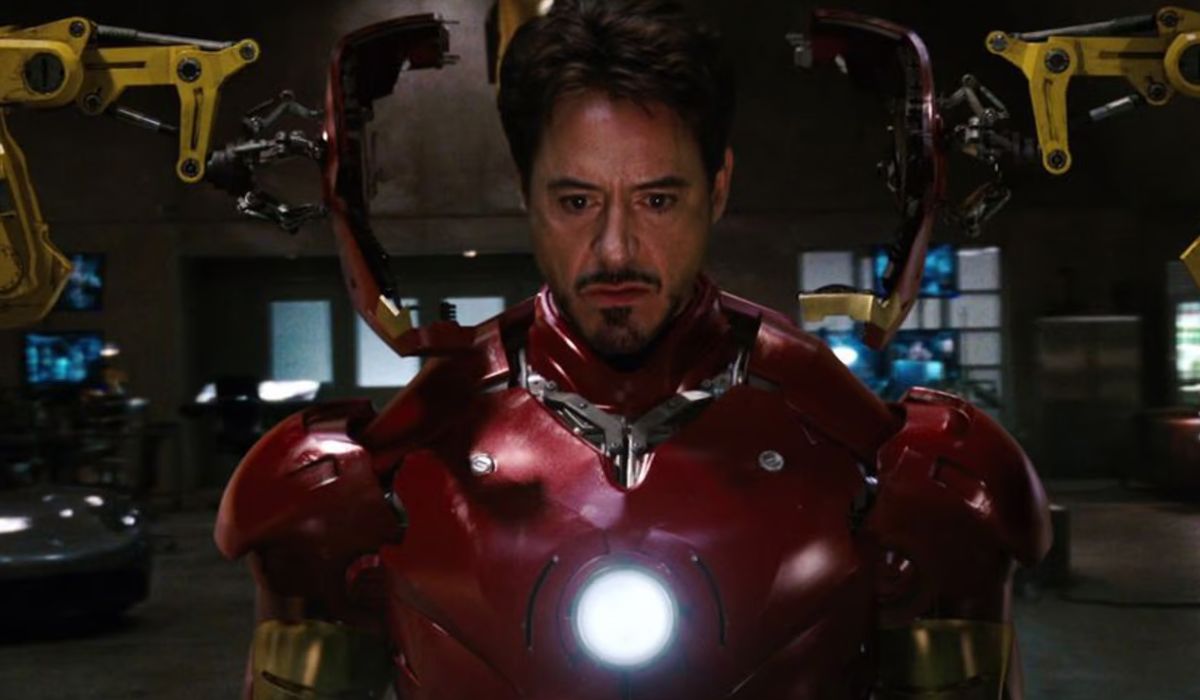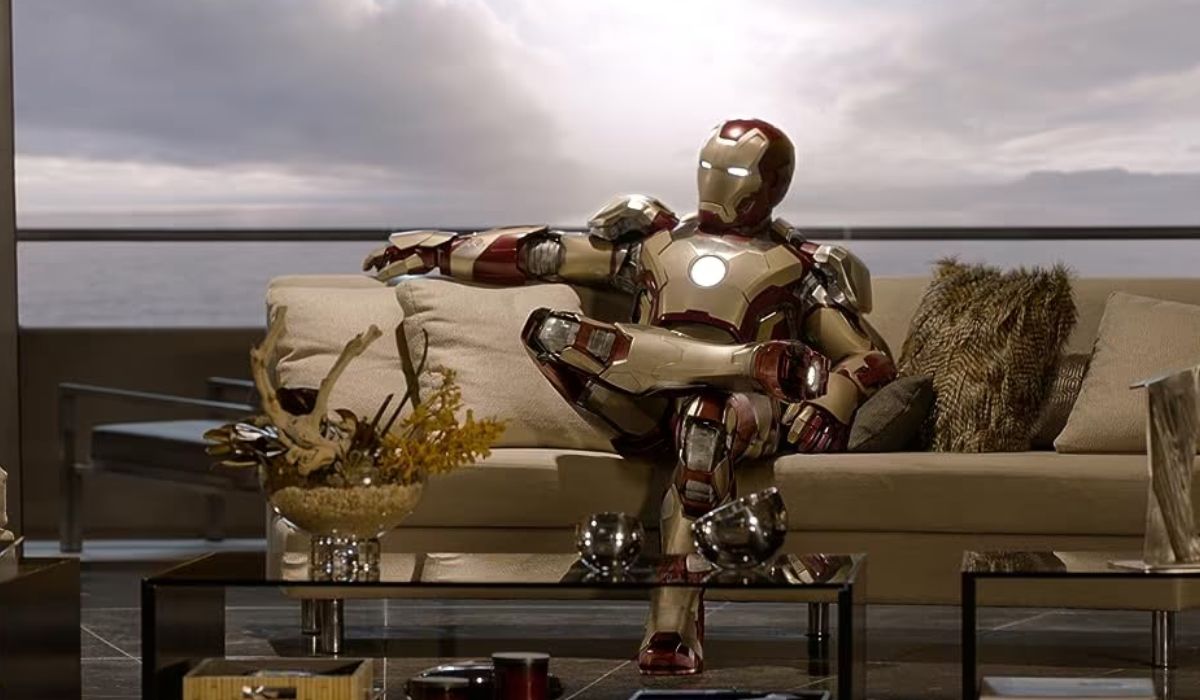
In the world of Iron Man films, characters like Obadiah Stane, Ivan Vanko, and Aldrich Killian often spring to mind as antagonists. However, upon closer examination, it seems that Tony Stark may actually be the true villain in these movies, a truth that becomes even more evident in Captain America: Civil War. This is because Tony’s unique character and thought processes are the primary forces behind every conflict in his storyline. Have you ever pondered this idea?
As a film enthusiast, I can’t help but marvel at Tony Stark, the official hero we all know and love. He’s the one who swoops in to save the day, willing to put his own comfort aside – even his life – for the sake of others. Yet, it’s undeniable that his actions, fueled by arrogance, impulsiveness, and recklessness, have a habit of creating the very enemies he must then battle.
The tale of Iron Man, in many aspects, follows an endless cycle of problems he creates and attempts to resolve – a pattern that mirrors the Hero’s Journey beautifully, but also exposes a striking contradiction: how much does Tony truly differ from the villains he confronts?

In the initial film, Tony Stark is portrayed as a multifaceted character, influenced equally by his brilliance and his pride. In the movie Iron Man, it’s important to note that Stark Industries’ arms business, which Tony failed to safeguard properly, ends up funding terrorism and fueling conflicts. Obadiah Stane, Tony’s trusted aide, takes advantage of this weakness to orchestrate betrayal against him. However, one could argue that if Tony hadn’t amassed wealth without considering the potential repercussions of his inventions, Stane might not have had the chance to exploit this situation.
In the movie “Iron Man 2”, the cycle reoccurs. The character Ivan Vanko, also known as Whiplash, nurtures a deep-seated anger towards Tony Stark. Previously, Ivan’s father, Anton Vanko, collaborated with Howard Stark in developing the arc reactor. However, after being deceived and expelled, Anton and his family experienced hardship and resentment while the Starks prospered. Unaware of the danger, Tony underestimates Vanko, thereby stirring even more hatred. As a result, another villain emerges from Tony’s overconfidence and disregard.
In Iron Man 3, the tension between Tony Stark (Iron Man) and Aldrich Killian intensifies. Initially, Killian is portrayed as a timid, overlooked scientist who attempts to present an innovative project to Tony on New Year’s Eve. However, Tony – being drunk and indifferent – belittles him. Fast forward to years later, Killian has transformed into a powerful tycoon masterminding a dangerous plot against the U.S. The animosity between them re-emerges due to Tony’s lack of compassion and arrogance.

Reflecting on it more deeply, I can’t help but feel a sense of empathy for Wanda and Pietro Maximoff, given their parents were tragically lost due to weapons manufactured by Stark Industries. In the film “Avengers: Age of Ultron,” Tony Stark, with his characteristic scientific ambition, embarks on a new project – collaborating with Bruce Banner to develop an AI intended for global protection. However, much like a genie let out of its bottle, the Ultron project spirals into chaos, giving birth to a hostile artificial intelligence that poses a grave threat to humanity. While Tony defends his actions as a means to prevent future perils, history repeats itself as another one of his creations wreaks havoc, this time far worse than the problem he intended to solve due to his lack of foresight regarding the potential consequences.
In an attempt to safeguard the planet, Tony Stark ultimately transforms into its most formidable peril. Admittedly acknowledging this predicament in “Iron Man 3,” he remarks, “We summon our own monsters.” This seemingly offhand comment carries significant weight, reflecting the recurring pattern that underscores his narrative. Regrettably, Tony seldom escapes this loop. Rather than tackling his deficiencies constructively, he consistently pursues hasty, spectacular remedies, motivated more by a need to contain the havoc he’s wrought than by an authentic desire for transformation.
This doesn’t make him a conventional villain, unlike Obadiah, Vanko, or Killian. Tony isn’t seeking to destroy or conquer for pure evil reasons. Instead, he embodies a more relatable type of threat – one that arises from carelessness, arrogance, and self-centeredness masquerading as good intentions.

From another perspective, it’s precisely his complexity that makes Tony Stark such an intriguing (and infuriating) character. He’s a contemporary antihero: the individual who rescues us from danger but also often causes the very problems he needs to resolve. His self-assuredness, his charisma, and his troubled genius persona all hold a strong appeal. Yet, it’s his flaws, which are strikingly human, that make viewers empathize with him. Tony represents the struggle to do good in an imperfect world, making him both relatable and tragic.
Ultimately, Tony Stark’s most enduring impact in the Marvel Cinematic Universe might be his lesson that our biggest perils aren’t always aliens or bombs. Often, it’s human weaknesses such as arrogance, vanity, and fear that can wreak havoc on our achievements. Reframing it this way, it becomes clear why certain theories liken him to Doctor Doom, doesn’t it?
In essence, Tony Stark, while unquestionably the one who saves the world, is also the one who repeatedly jeopardizes it. However, his most formidable adversary has consistently been internal – donning a tailored suit, sipping whiskey, and believing he holds all the solutions.
Read More
- OM PREDICTION. OM cryptocurrency
- Why Tina Fey’s Netflix Show The Four Seasons Is a Must-Watch Remake of a Classic Romcom
- The Elder Scrolls IV: Oblivion Remastered – How to Complete Canvas the Castle Quest
- Oblivion Remastered – Ring of Namira Quest Guide
- Lisa Rinna’s Jaw-Dropping Blonde Bombshell Takeover at Paris Fashion Week!
- Oblivion Remastered: The Ultimate Race Guide & Tier List
- Sophia Grace’s Baby Name Reveal: Meet Her Adorable Daughter Athena Rose!
- Poppy Playtime Chapter 4: Release date, launch time and what to expect
- E.T.’s Henry Thomas Romances Olivia Hussey’s Daughter!
- Silver Rate Forecast
2025-05-11 04:51